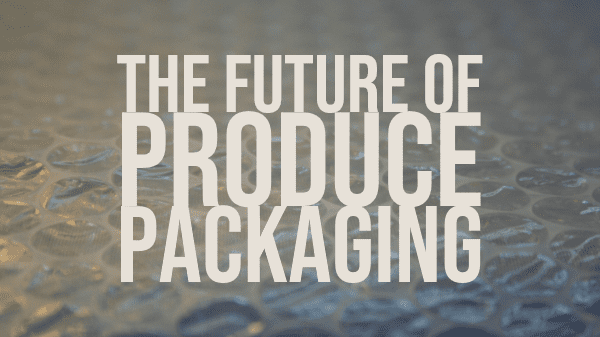While critical to many companies’ approach to packaging innovation, environmental concerns are only part of the big picture.
According to Rachel Atkinson-Leach, category manager at RPE Inc. in Bancroft, WI, BB #:105471 the produce industry may be looking forward by moving backward, by reducing the amount of plastics used and replacing them with brown paper bags, as costs rise for some types of ecofriendly packaging due to higher demand.
Atkinson-Leach points out that the environmental impact of plastic reduction is sometimes more a matter of perception than reality.
“It’s not just about what you buy, but how you use the package,” she explains. Then, importantly, what happens next—where does the packaging end up?
“Health and wellness suggestions are front and center,” Atkinson-Leach continues.
“We’re no longer just accepting that fruits and vegetables are good for us; consumers want to know what functions they serve and how the product will help them personally, so we want the ability to showcase produce as functional foods as part of our packaging landscape,” she explains.
This is possible with packing innovations like high-graphic display-ready cartons, which can showcase comingled produce items in full-dinner meal kits and snack kits including meats or other proteins, and multipacks featuring multiple-occasion serving options. This grants packers the ability to feature lesser-known or new items with established standards.
Even color options are opening up with new printing technology, giving marketers new palette possibilities.
“There’s definitely a trend towards healthy-looking neutral color packaging, with natural, sun-fresh colors like green, tan, wood grain, pale yellow, and orange,” Atkinson-Leach notes.
Natural branding
One of the more promising packaging trends from a consumer perspective is “natural branding.” Interestingly, it’s not really packaging and in some ways is not “natural” either, but it may represent the future of bulk produce sales.
Natural branding uses high-quality precision lasers to put logos, descriptions, and even nutritional information directly on to the surface of fresh fruits and vegetables. It’s natural in that the labeling is edible and does not affect the flavor or structural integrity of the item. In this manner, it is certainly preferable to most current stickers or labels, a perpetual frustration for many fruit or vegetable buyers.
Though current labels are not a health risk and more of an annoyance, one retailer is ready to move on: Swedish supermarket chain ICA is shifting to natural branding on a selection of fruits and vegetables by the end of 2019. If successful, the transition will not only remove pesky stickers but reduce carbon emissions, printing costs, and paper usage.
This is multi-part feature on produce packaging adapted from the October 2019 issue of Produce Blueprints.



